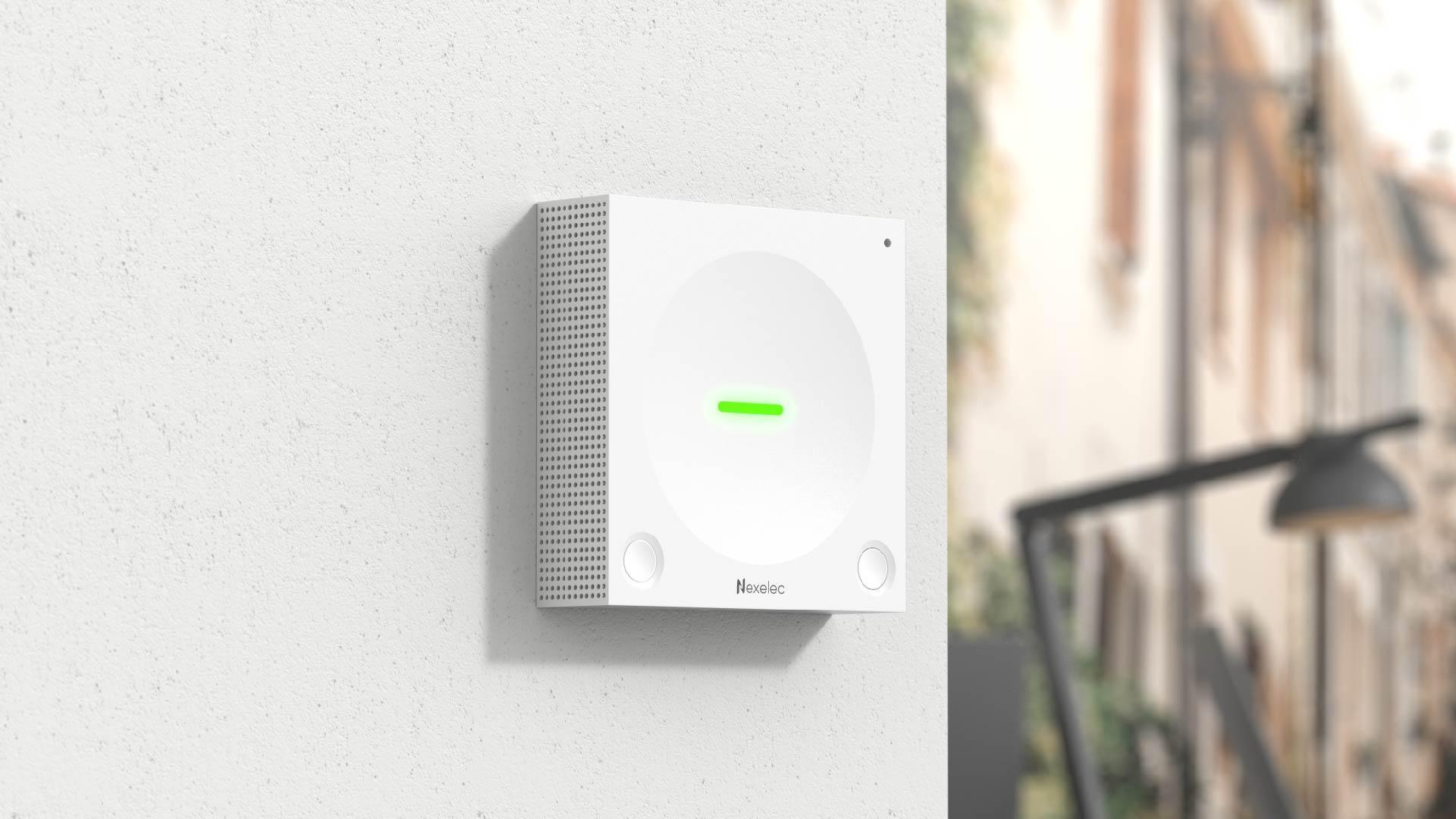Archives
The LoRa (Long Range) network is a low-speed, long-range radio communication technology used for IoT (Internet of Things) solutions. This network enables connected objects to transmit data.
What are Volatile Organic Compounds (VOCs)?Did you know? The air inside your home is more polluted than the air outside. Among the most common pollutants are Volatile Organic Compounds (VOCs), Carbon Dioxide (CO2), Formaldehyde (HCHO), Carbon Monoxide (CO) and Fine Particles (PM).
What are VOCs? What are the health impacts? Where do they come from? How to detect them? We answer these questions for you!
What are the dangers of carbon monoxide (CO)?Carbon monoxide, also known as “CO”, is a gas that can be lethal to humans. Because of its invisible, colorless and odorless properties, it is often called the “silent killer”. Carbon monoxide is a pollutant not to be overlooked: it’s important to understand its toxic effects on human health.
How to detect carbon monoxide (CO)?We spend almost 80% of our time in enclosed spaces: in homes, workplaces, leisure areas, schools and so on. It is therefore very important to optimize the ventilation of these spaces, in order to limit indoor air pollution generated by certain gases. Detecting carbon monoxide (CO) is useful. In fact, inhalation of this gas triggers headaches, fatigue, nausea, and can even prove fatal.
WHITE BOOK – How has Transitia improved its Indoor Air Quality thanks to the Nexelec solution?Since COVID-19, a crucial element has emerged: our growing awareness of the importance of improving IAQ. As we struggle to contain the spread of the virus, it has become imperative to create safe and healthy indoor spaces. These elements have enabled us to rethink the way we view our indoor environments, stimulating innovations and adjustments to ensure that the air we breathe is clean and healthy.
How do you detect CO2?
Detecting CO2 is essential to prevent the risks associated with this dangerous gas. It is present in various environments and can be emitted by different sources. Excessive levels of CO2 in the air can be critical to health. That’s why we strongly recommend the installation of CO2 detectors, especially in public buildings and workplaces.
CO2 and the “ICONE” containment indexCarbon dioxide (CO2) is present in every environment around us. Detection devices are available to deal with this pollutant in enclosed spaces. Since COVID-19, this subject has come up more and more. A containment index called “ICONE” was created to execute the appropriate air renewal strategies according to the intensity of the index.
In this article, you’ll find a quick reminder of the basics of CO2, what the “ICONE” index is, and the thresholds that derive from it. To conclude, you’ll find our solutions for dealing with carbon dioxide in a room.
INFOGRAPHY – 5 everyday actions to improve indoor air quality in your buildingIndoor air quality (IAQ) is a major issue for our health and well-being. As we spend most of our time indoors, it’s essential to adopt simple everyday gestures to improve the quality of the air we breathe. In this article, we’ll explore different ways of contributing to better IAQ, focusing on everyday gestures. By taking these steps, we can create healthier indoor environments for ourselves and our loved ones.
Indoor air quality: a hot topic or a real health issue?Indoor air quality (IAQ) is a subject that has attracted increasing attention in recent years, particularly since the worldwide epidemic of COVID-19 and its confinements. While many people think of air pollution as a problem confined to outdoor environments, it is now clear that air pollution inside buildings can have a significant impact on human health. This parallel has been drawn since the 1970s, with the emergence of sick building syndrome. The subject is therefore not new.
INFOGRAPHY – 20 commitments to help reduce energy sobrietyEnergy sobriety means reducing energy expenditure by adjusting usage to needs. In October 2022, the French government drew up 15 phrasal measures to be applied to reduce energy use. Companies, households and local authorities are all concerned. These measures are grouped into four different themes: the fight against electricity waste, energy efficiency, sustainable mobilization and environmental awareness in the workplace. A global approach is needed to guarantee the success of these initiatives and ensure a sustainable energy future for all.
By 2024, the French government has set itself the target of reducing energy consumption by 10% compared with 2021.
WHITE BOOK – Energy efficiency in the workplaceWith the acceleration of climate change and repeated global energy crises, energy sobriety is now an essential priority. In Europe, countries are preparing for rising energy prices and even shortages in the years and months ahead. A number of measures have already been put in place to deal with this situation: capping electricity and gas prices, taxing excessive profits and reducing energy demand.
Tomorrow’s energy challengesSince 1900, the population has multiplied by 4, reaching the 8 billion mark. At the same time, our energy consumption has increased 20-fold! The problem with all this is that 80% of mankind’s energy needs are met by polluting fossil fuels, which have a direct impact on global warming. Against this backdrop, it is vital to focus on the energy challenges of tomorrow.